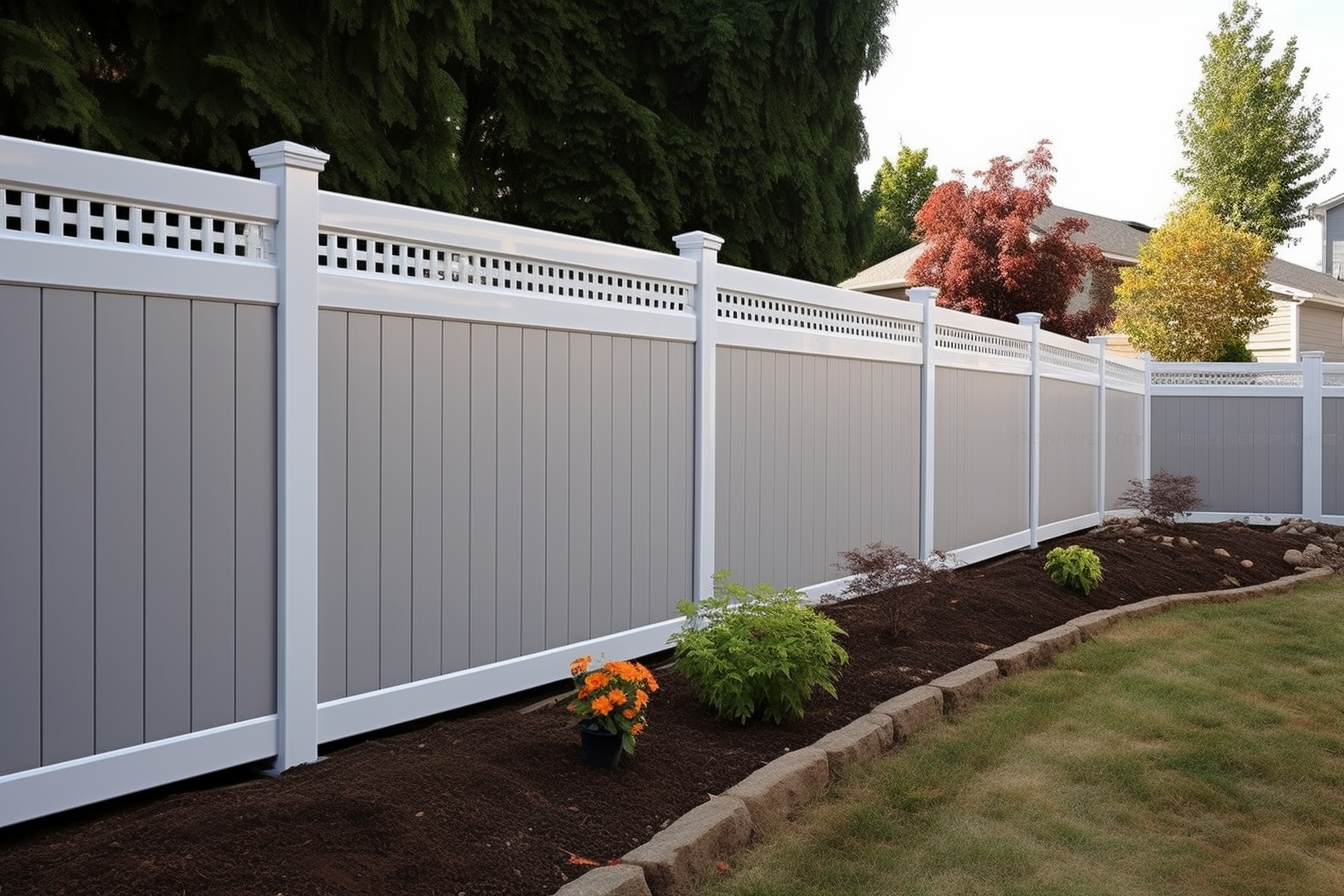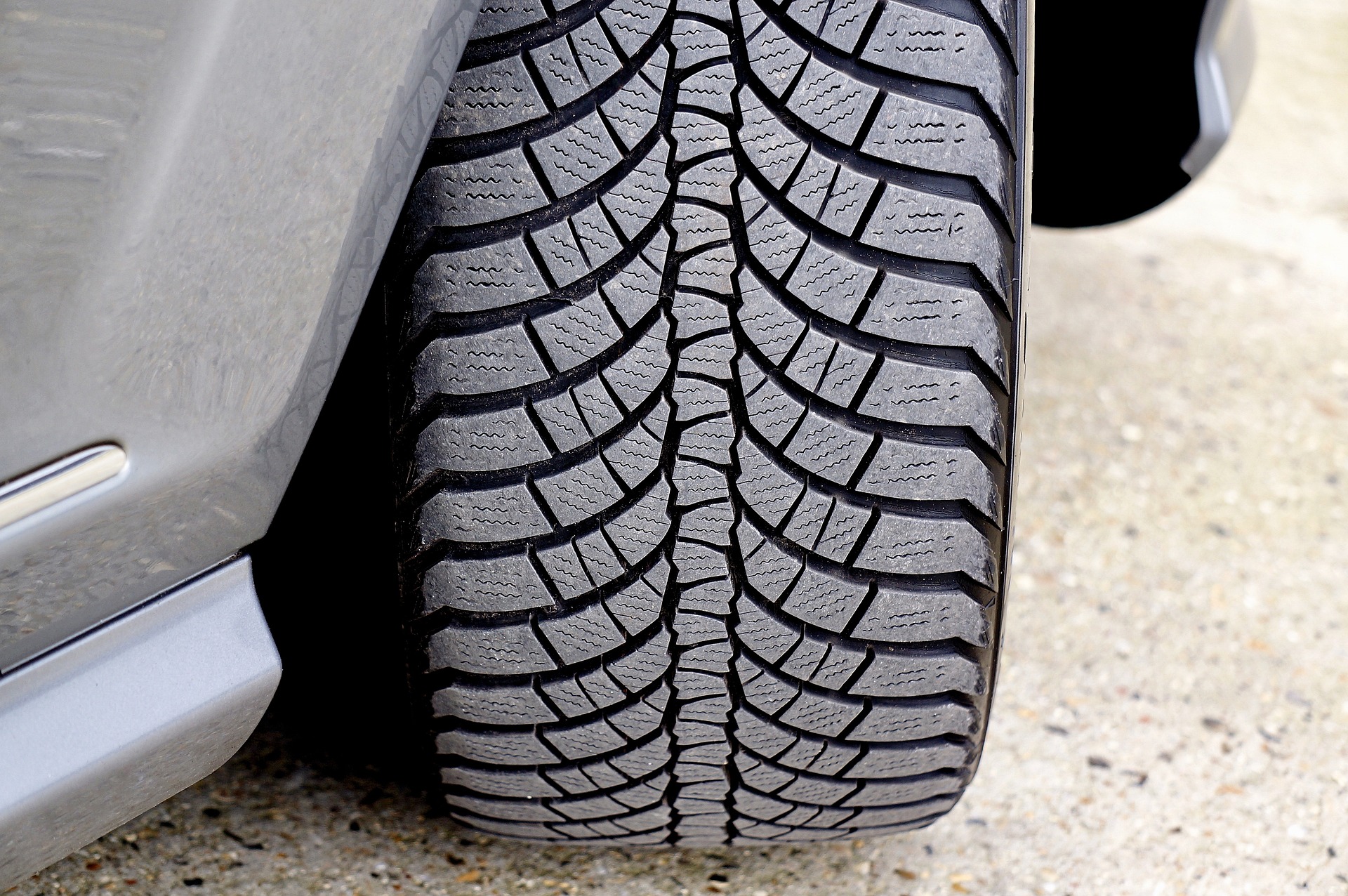How to Select the Best Garden Fence for Your Needs
Discover the most popular types of garden fences, including wood, vinyl, aluminum, chain-link, and wrought iron fences. Learn about installation costs, privacy options, and maintenance tips. Innovative ideas like gabion walls and laser-cut metal panels are also explored.

Creating the perfect outdoor boundary requires careful consideration of various factors that influence both the immediate functionality and long-term satisfaction with your garden fence. Whether you’re looking to enhance privacy, secure your property, or simply define garden spaces, understanding the available options and their characteristics will help you make an informed decision that serves your needs for years to come.
What Are the Most Popular Types of Garden Fences?
Wood fencing remains the most traditional and versatile option, with cedar and pressure-treated pine leading the market. Cedar naturally resists insects and decay, making it ideal for Canadian climates, while pressure-treated lumber offers affordability and durability. Vinyl fencing has gained popularity due to its low maintenance requirements and consistent appearance over time.
Metal options include aluminum, which provides excellent durability without rusting, and steel, which offers maximum security but requires regular maintenance. Chain link fencing continues to be chosen for its cost-effectiveness and functionality, particularly for larger properties. Composite materials combine wood fibers with plastic, creating fences that mimic wood’s appearance while offering enhanced weather resistance.
What Factors Should I Consider When Choosing a Garden Fence?
Climate considerations play a crucial role in fence selection, especially in Canada where temperature fluctuations and moisture levels vary significantly. Wind exposure, soil conditions, and local building codes all influence material choices and installation requirements. Property size and terrain affect both material quantities and installation complexity.
Aesthetic preferences should align with your home’s architectural style and neighborhood character. Consider how the fence will look from both inside and outside your property. Functionality needs vary widely - some homeowners prioritize security, others focus on privacy, and many seek a balance between openness and definition.
Maintenance tolerance is another critical factor. Some materials require annual staining or painting, while others need only occasional cleaning. Your available time and budget for ongoing maintenance should influence your material selection.
What Are Suitable Fencing Options for Privacy?
Solid wood panels provide excellent privacy while maintaining natural aesthetics. Board-on-board designs eliminate gaps entirely, while shadowbox styles offer privacy with improved air circulation. Height regulations typically allow 6-foot fences in backyards, providing adequate screening for most privacy needs.
Vinyl privacy fences offer consistent coverage without warping or gaps developing over time. These materials resist fading and maintain their appearance with minimal maintenance. Composite privacy fencing combines the natural look of wood with enhanced durability and reduced maintenance requirements.
Living fences using hedges or climbing plants on trellises create natural privacy screens. While these take time to establish, they provide excellent long-term privacy with environmental benefits. Combining traditional fencing with strategic plantings can enhance privacy while creating attractive landscape features.
How Much Does Garden Fence Installation Typically Cost?
Fencing costs vary significantly based on materials, height, and installation complexity. Professional installation typically adds 50-100% to material costs, while DIY installation requires proper tools and time investment.
| Fence Type | Material Cost per Linear Foot | Installation Cost per Linear Foot | Total Estimated Cost |
|---|---|---|---|
| Chain Link | $8-15 | $5-10 | $13-25 |
| Pressure-Treated Wood | $15-25 | $10-20 | $25-45 |
| Cedar Wood | $20-35 | $15-25 | $35-60 |
| Vinyl | $25-40 | $10-20 | $35-60 |
| Aluminum | $30-50 | $15-25 | $45-75 |
| Composite | $35-55 | $15-30 | $50-85 |
Prices, rates, or cost estimates mentioned in this article are based on the latest available information but may change over time. Independent research is advised before making financial decisions.
Additional costs include permits, which range from $50-200 depending on local requirements, and site preparation, which can add $5-15 per linear foot for challenging terrain or existing fence removal.
How Can I Maintain My Garden Fence for Longevity?
Wood fences require regular inspection for loose boards, protruding nails, and signs of rot or insect damage. Annual cleaning with mild detergent removes dirt and mildew, while staining or sealing every 2-3 years protects against moisture and UV damage. Proper drainage around fence posts prevents water accumulation and extends foundation life.
Vinyl and composite fences need minimal maintenance beyond periodic cleaning with soap and water. Inspect for cracks or damage that could worsen over time, and address issues promptly to prevent more extensive repairs.
Metal fences require rust prevention through proper coating maintenance. Aluminum needs only occasional cleaning, while steel fences may require periodic painting or rust treatment. Regular inspection of hardware ensures gates and latches continue functioning properly.
Landscaping around fences should maintain proper clearance to prevent moisture retention and allow air circulation. Trim vegetation that contacts fencing materials, and ensure sprinkler systems don’t consistently spray fence surfaces.
Selecting the right garden fence involves balancing multiple factors including budget, maintenance preferences, privacy needs, and aesthetic goals. By understanding available materials and their characteristics, homeowners can make informed decisions that provide lasting satisfaction and property value enhancement.




